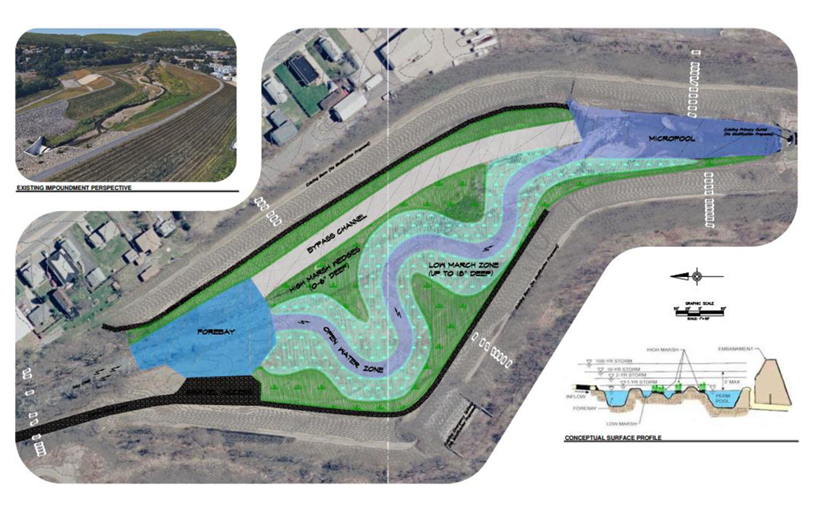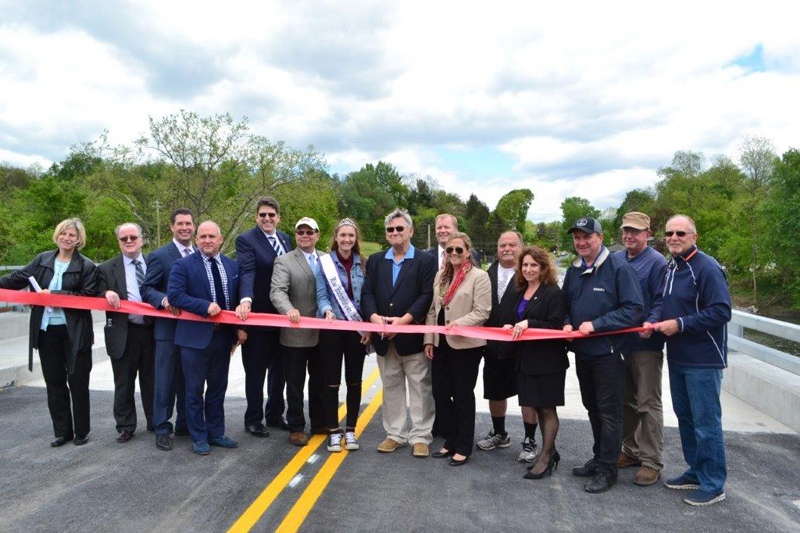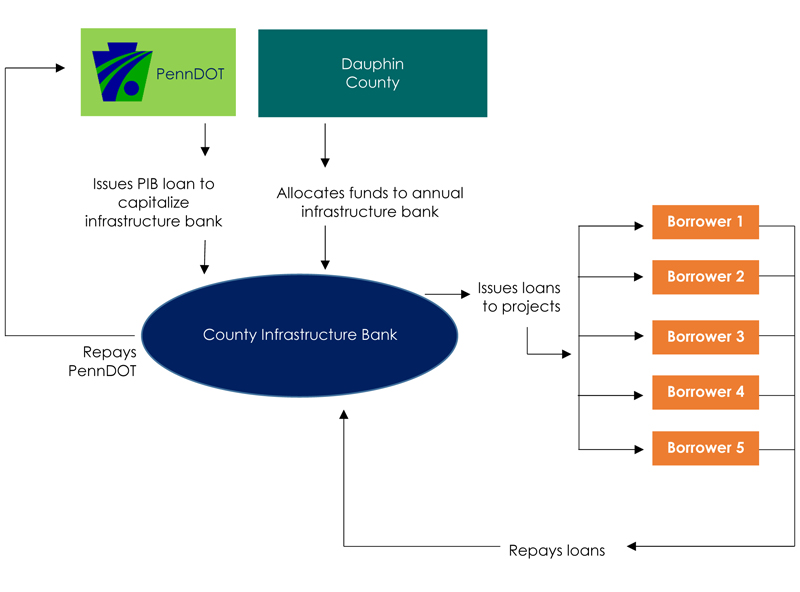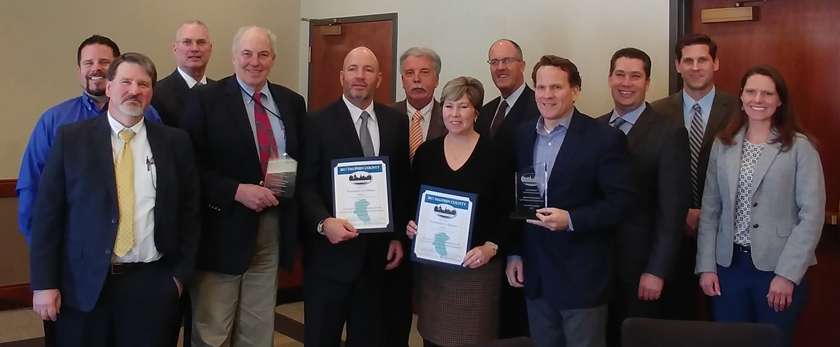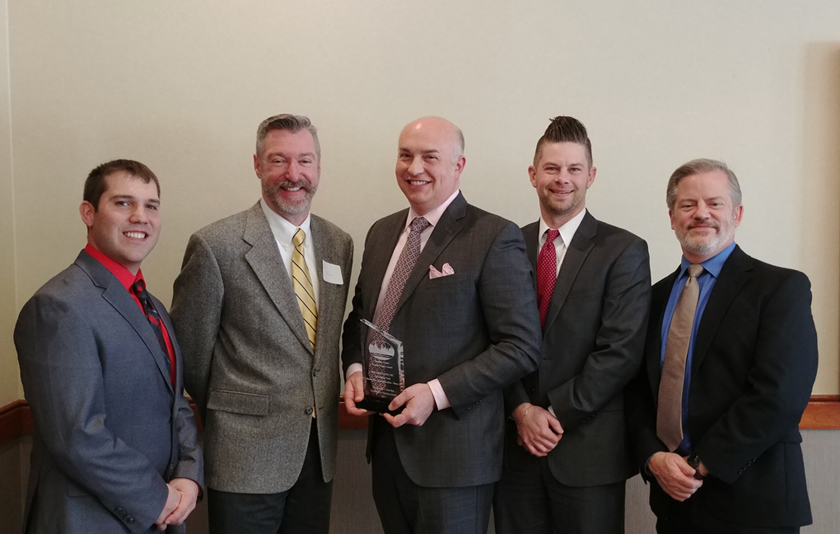Capital Improvement Planning Helps Londonderry Township Improve Bridge Conditions At Lower Cost

We regularly hear about the condition of infrastructure in the United States, and many times the news is bad. Too often we hear about underground pipes breaking, roads crumbling, and bridges that need to be closed. Fortunately, in Londonderry Township, bridge conditions are actually pretty good.
Londonderry Township is specifically responsible for 13 bridges, all of which cross waterways and are less than 20’ in length. Closing any one of these bridges for safety concerns could cause a significant disruption to emergency access and general traffic flow. To avoid this, Londonderry Township asked HRG to assess all 13 structures and prioritize their maintenance and replacement needs. Our evaluation indicated that all 13 bridges were likely more than 50 years old, and six of them should be replaced within the next 3 – 10 years.
HRG worked with the township to create an approach to address this pressing infrastructure need without overburdening the township’s annual budget. The initial concept was to replace one bridge every other year for the six most critical structures. This would allow us to address the township’s most urgent needs without being forced into an emergency situation. It would also allow us to identify alternative funding for each bridge replacement and carefully plan any necessary road closures to minimize traffic interruption.
Londonderry’s program is a perfect example of infrastructure asset management and capital improvement planning. HRG has written extensively about the benefits of asset management and capital improvement planning. Essentially, a proactive approach to identifying infrastructure needs, prioritizing those needs, and planning for the necessary funding produces better infrastructure at a lower lifetime cost.
Thanks to this forward-looking approach, Londonderry Township is about to replace the last of the original six critical structures: a bridge on Swatara Creek Road. This project is funded through the partial use of a Dauphin County Local Share Gaming Grant.
Three bridges were replaced in 2016: one each on Beagle, Braeburn, and Hollendale Roads. The township bundled these bridges into one project and used extremely favorable funding from the Dauphin County Infrastructure Bank. The first two bridges were replaced in 2012. Only one – on Round Top Road, was planned, but a second bridge on Foxianna Road required replacement after flooding from Tropical Storm Lee undermined the bridge. Fortunately, because of the emergency nature of the bridge replacement, the township was able to use federal disaster relief funding.
With the replacement of the six most critical bridge structures complete, the township will be able to focus on regular maintenance of the remaining seven structures to extend their useful life as long as possible. A proactive approach to maintenance like this means better driving conditions for township drivers over a longer period of time. The bridges will last longer, and the need for replacement will be delayed. This will save the township hundreds of thousands of dollars over time. (See an illustration of how this works with actual budget dollars in our article Better Roads for Less Money with Asset Management.)
The upkeep of bridges can seem like a daunting and expensive task, but it’s actually fairly simple if communities take a proactive approach. Consistent inspections to identify deterioration, regular maintenance to avoid worsening problems, and advanced planning for eventual replacement all combine to simplify bridge upkeep and ensure it remains affordable.
When it does come time for Londonderry Township to replace one of its structures, they will use the same judicial approach to ensure the infrastructure needs of the township are met in an economical manner.
(A version of this article originally appeared in the Londonderry Township newsletter.)
 Andrew Kenworthy, P.E., is the eastern region vice president of HRG. He has more than 25 years of experience in municipal engineering and land development/site design.
Andrew Kenworthy, P.E., is the eastern region vice president of HRG. He has more than 25 years of experience in municipal engineering and land development/site design.

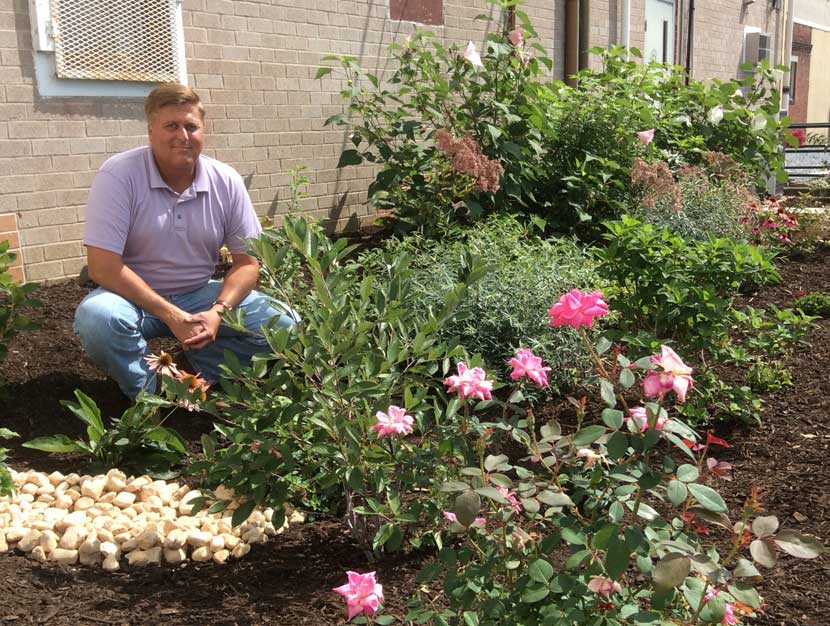
 Ben Gilberti, P.E., manages civil engineering services provided by Herbert, Rowland & Grubic, Inc. (HRG) throughout Western Pennsylvania, Ohio and West Virginia. He assists with the design of municipal infrastructure like sidewalks, stormwater systems, and sewer facilities.
Ben Gilberti, P.E., manages civil engineering services provided by Herbert, Rowland & Grubic, Inc. (HRG) throughout Western Pennsylvania, Ohio and West Virginia. He assists with the design of municipal infrastructure like sidewalks, stormwater systems, and sewer facilities. James Feath, R.L.A., is a senior landscape architect at HRG. He has 20 years of experience in the planning and design of public spaces, including parks, trails, and recreational facilities.
James Feath, R.L.A., is a senior landscape architect at HRG. He has 20 years of experience in the planning and design of public spaces, including parks, trails, and recreational facilities. 

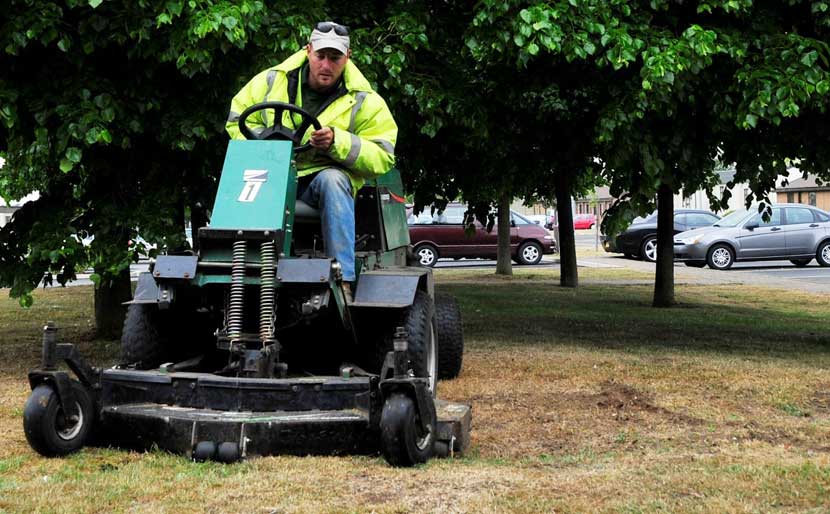

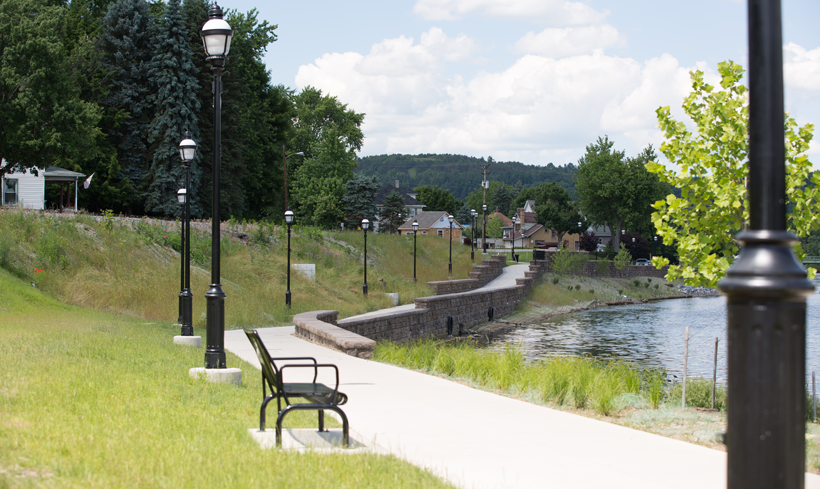
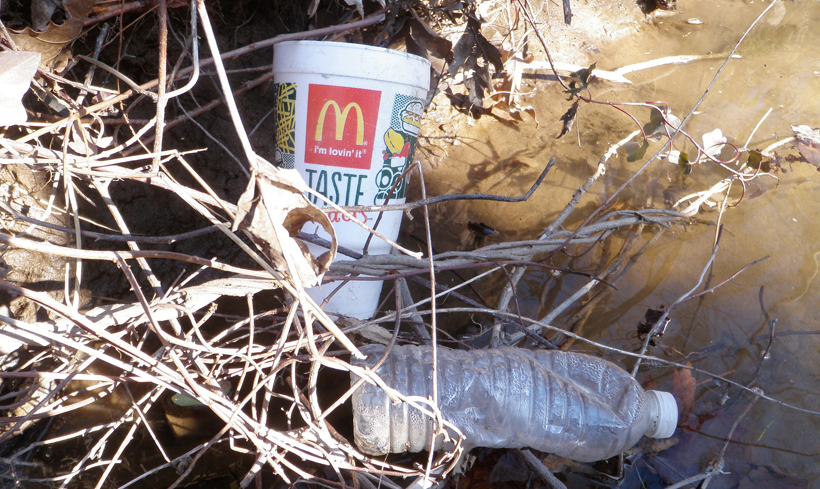
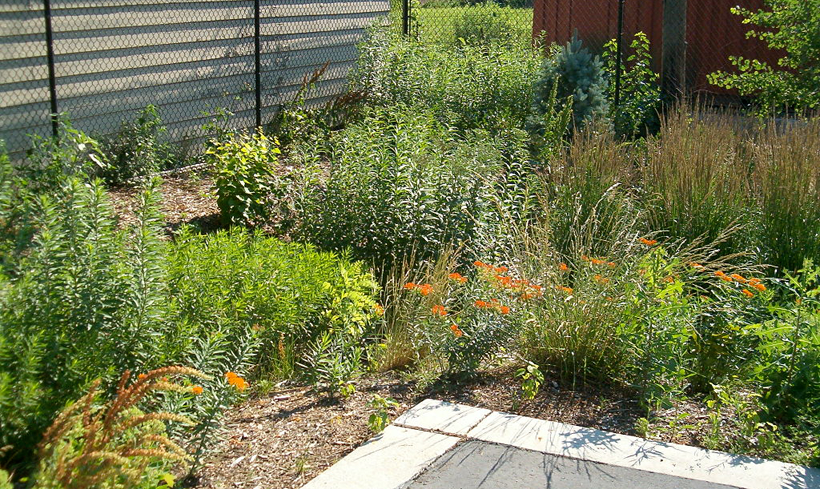
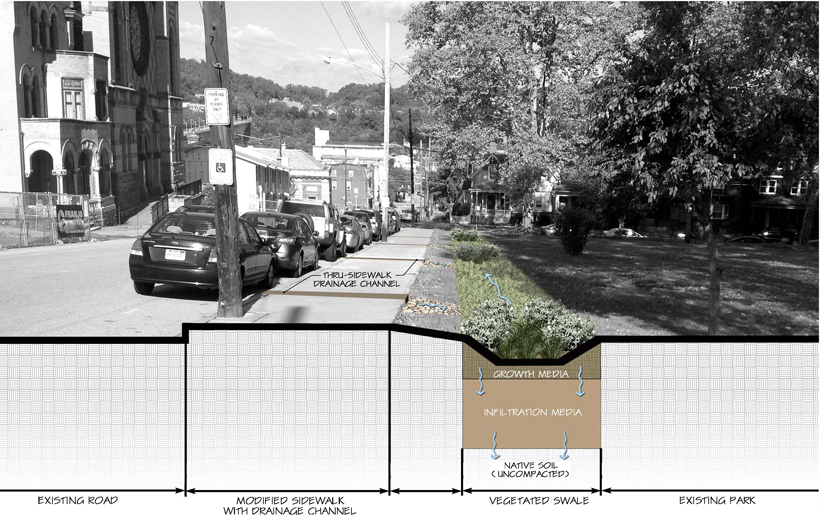
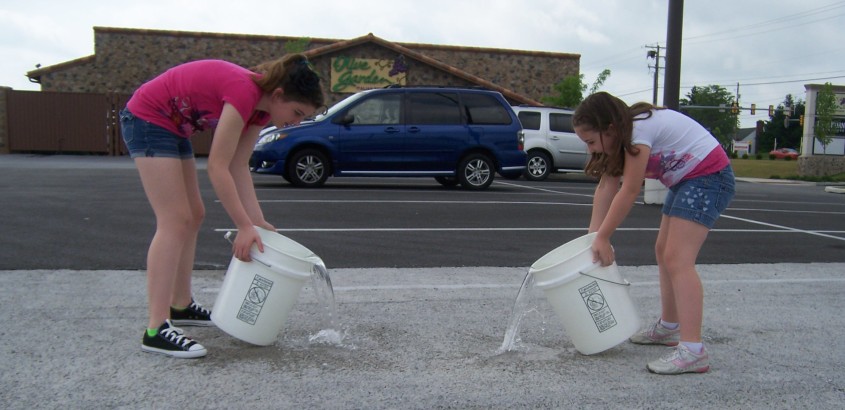

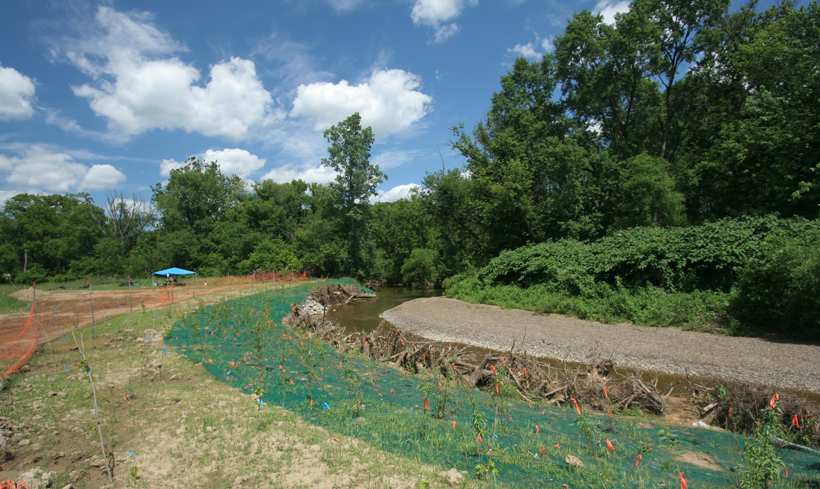
 Ben Gilberti, P.E., manages civil engineering services provided by Herbert, Rowland & Grubic, Inc. (HRG) throughout Western Pennsylvania, Ohio and West Virginia. He assists with the design of municipal infrastructure like sidewalks, stormwater systems, and sewer facilities.
Ben Gilberti, P.E., manages civil engineering services provided by Herbert, Rowland & Grubic, Inc. (HRG) throughout Western Pennsylvania, Ohio and West Virginia. He assists with the design of municipal infrastructure like sidewalks, stormwater systems, and sewer facilities. James Feath, R.L.A., is a senior landscape architect at HRG. He has 20 years of experience in the planning and design of public spaces, including parks, trails, and recreational facilities.
James Feath, R.L.A., is a senior landscape architect at HRG. He has 20 years of experience in the planning and design of public spaces, including parks, trails, and recreational facilities. 
